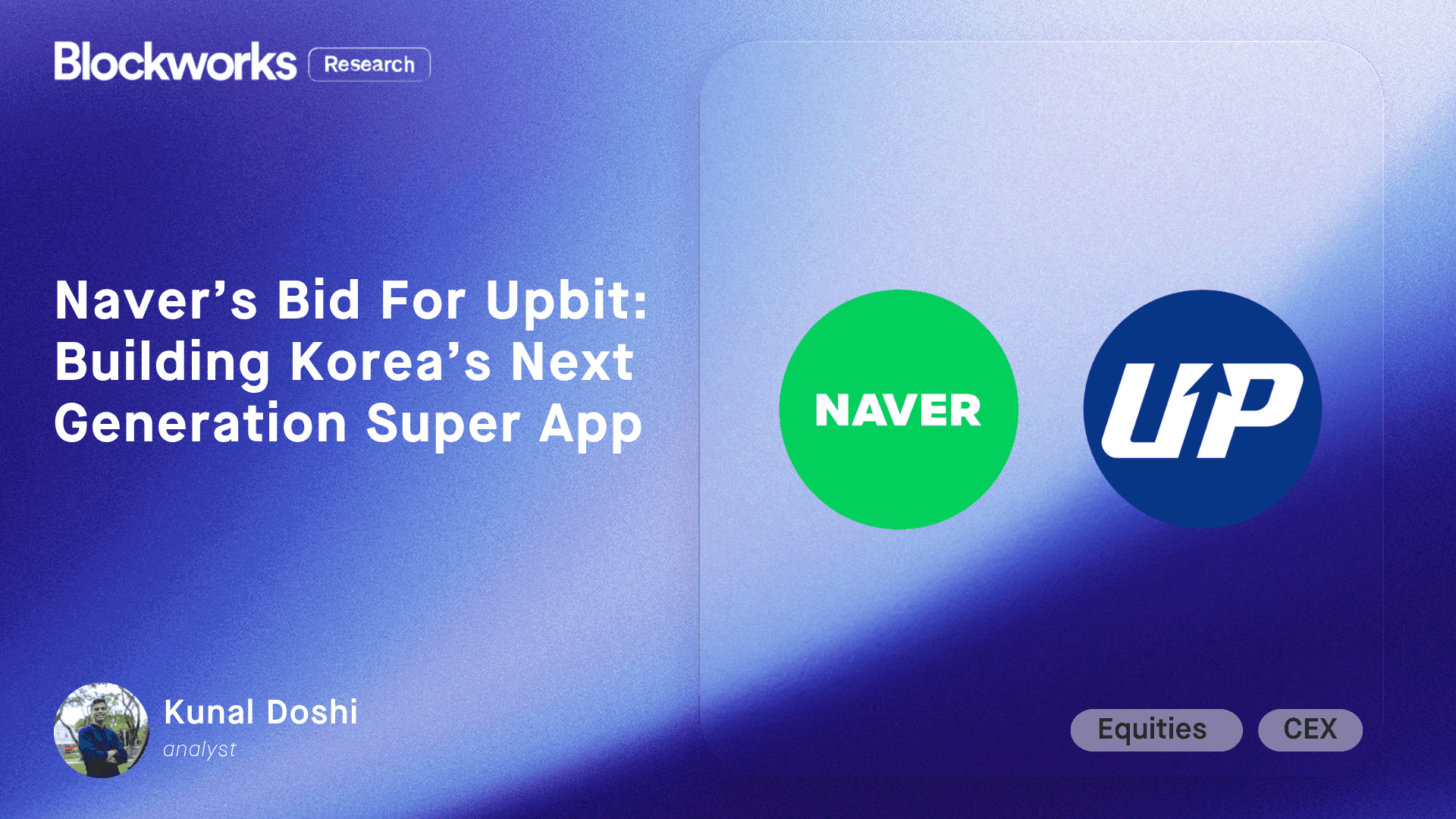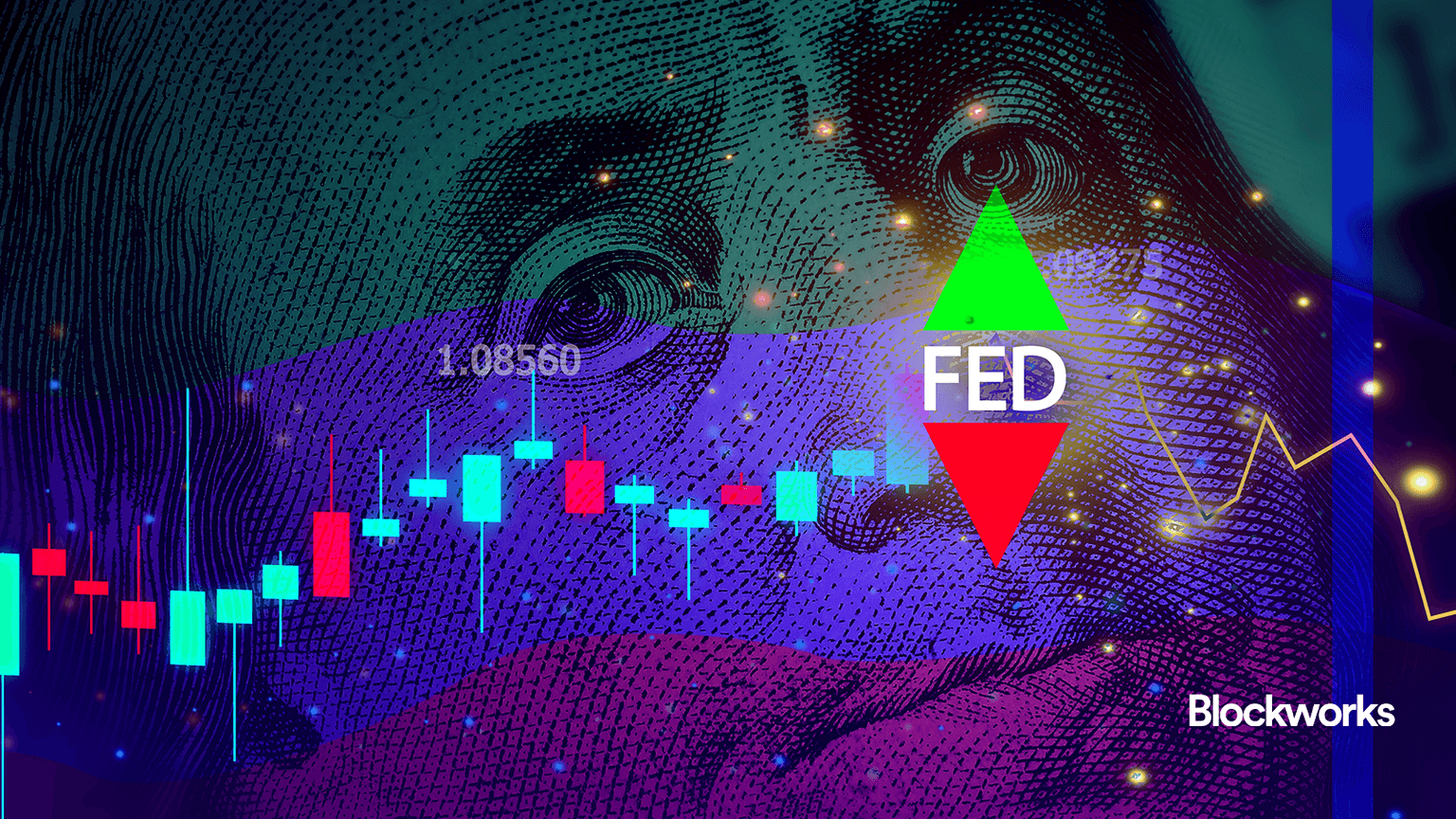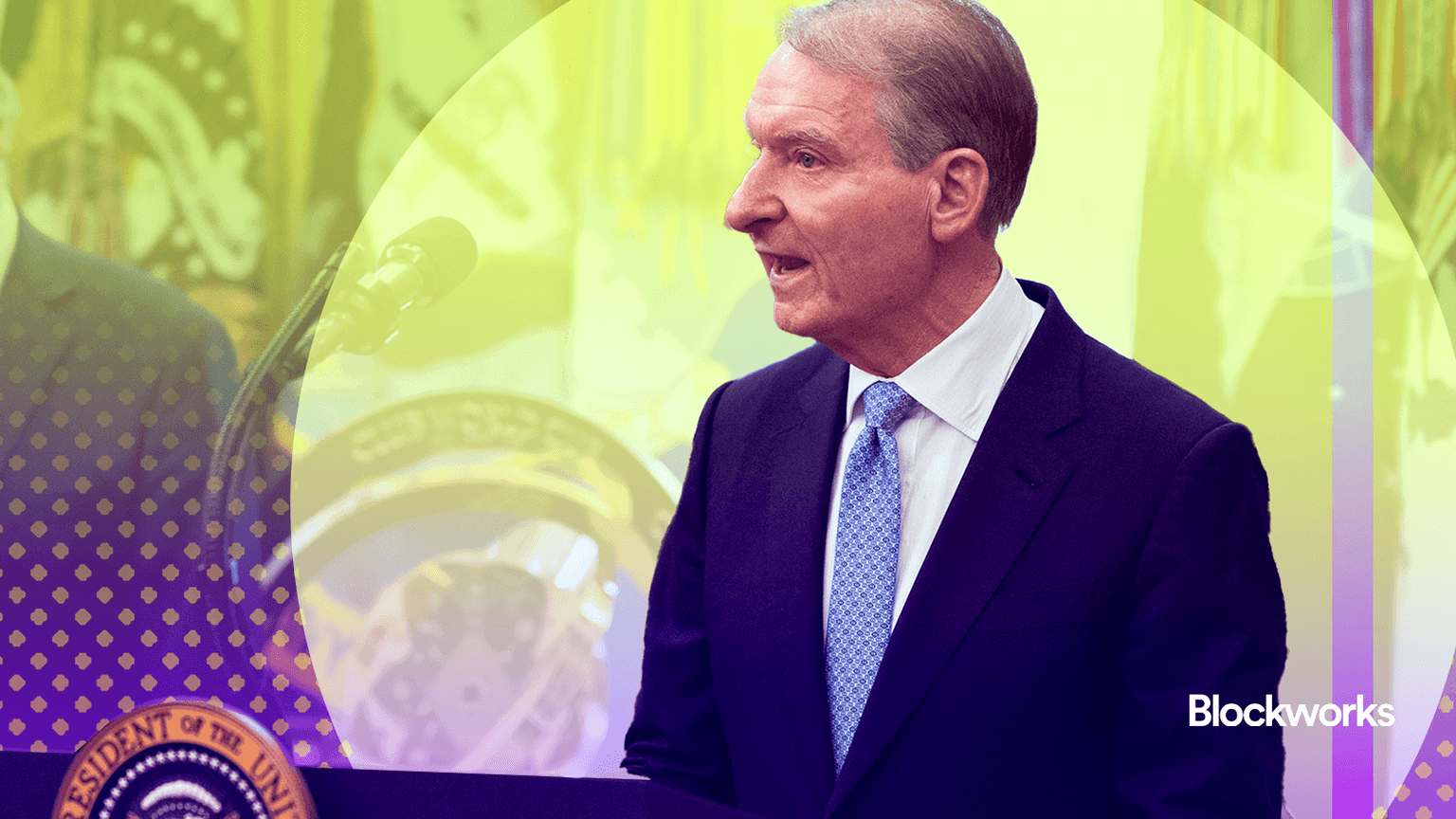Bitcoin Price Retreats as Rejection at $23.5K Continues
Many of the older coins purchased during the 2021-2022 cycle are now underwater, coinciding with rejection at cost basis of $23,500 price levels

shevtsovy/Shutterstock.com, modified by Blockworks
Bitcoin enthusiasts come into this week with uncertain prospects as the crypto struggles to break through psychologically significant realized price levels. The market continues to reject bitcoin’s ascent, putting pressure on investors to reassess their positions.
The rejection has been felt by both older hands from the 2021-22 cycle and the ever-elusive whale cohort. The result? A significant dip in bitcoin’s value this month, dropping from its high of $24,000 beginning March 1 to a low of about $22,000.
Bitcoin (BTC) remains up by about 33% since the new year began, Blockworks Research data shows.
“While the market has rebounded strongly since January 2023, sustaining a $1 trillion in total market cap thus far, industry metrics have only seen small improvements,” Zhong Yang Chan, head of research at CoinGecko told Blockworks.
According to data provider Glassnode, bitcoin’s spot price was turned away from levels that coincide with those holders in the Old Supply Realized Price camp. Many of these older coins are held by buyers from the 2021-22 cycle, who are now experiencing a loss of about 6% in their position at $23,500.
The Realized Price, or cost basis estimate, indicates spot prices are being turned away from levels that coincide with the acquisition cost of these older coin holders. Some investors took the chance to sell their BTC a breakeven, leading to a subsequent decline in the value of bitcoin.
Still, the decrease remains low by historical standards, which is somewhat reassuring to investors, Glassnode said. And while the market is in a transitional phase resembling the later stages of a bear market, there are signs of hope.
The Net Unrealized Profit and Loss metric has shifted from a state of net unrealized loss to a positive mark since mid-January. That means the average bitcoin holder is now sitting on a profit of around 15% of the entire market capitalization.
Transfer volume, which fluctuates with the aggregate level of capital in the market, has also increased by 79% since early January. This growth suggests the market is attracting new investors, which could help stabilize current prices, Glassnode said.
A look at the 14-day average aSOPR metric, which is used to analyze the average profit or loss realized by those who transact in the market, also offers some signs of short-term reprieve.
The aSOPR metric has been trading above a value of 1.0 for 40 consecutive days, hinting at a sustained period of profit-taking, the first such period since March 2022.
A silver lining, though, is it also suggests a significant return of capital flowing into the market — enough to offset the profits taken so far, Glassnode said. This phenomenon is typical after a market has recovered from a period of extended losses.
Get the news in your inbox. Explore Blockworks newsletters:
- The Breakdown: Decoding crypto and the markets. Daily.
- 0xResearch: Alpha in your inbox. Think like an analyst.






